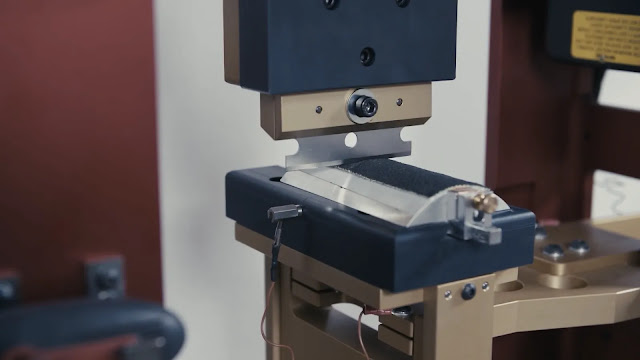Why Some Fibers Are More Cut-Resistant Than Others

Cut-resistant materials are designed to protect against cuts, slashes, and other sharp hazards. A fiber's cut resistance depends on its inherent properties and structure.
The key parameters that influence the cut resistance of a material and help develop cut resistant materials with better performance are:
Molecular structure:
The molecular structure of fibers plays an important role in determining cut resistance. Dense fibers with a dense molecular structure, such as high performance fibers such as aramid and UHMWPE, are more difficult to cut than fibers with a looser structure such as natural fibers such as cotton and wool.
Fiber diameter:
Fiber diameter also affects cut resistance. In general, thick fibers are more difficult to cut than thin fibers.
Tensile strength:
A fiber's tensile strength, or its ability to resist elongation or breakage, is another factor that contributes to cut resistance. In general, strong fibers are more cut resistant than strong fibers.
Coefficient of friction:
A fiber's coefficient of friction refers to the resistance a fiber has to sliding or rubbing against another surface. This parameter cannot be considered in isolation and plays a more complex role in determining cut resistance. I'll cover that in a later post.
Hardness:
Fiber hardness, or the ability to resist deformation or denting, also affects cut resistance. Hard fibers are generally more cut resistant than soft fibers.
Elasticity:
The elasticity of the fiber, its ability to stretch and return to its original shape, can also affect cut resistance. More elastic fibers can be stretched or pulled apart more easily, making them more susceptible to tearing. Optimizing the above parameters to develop a material will help achieve a material with improved cut resistance.
Partner with us to develop new products and innovations in technical textiles, visit kamlatech.in